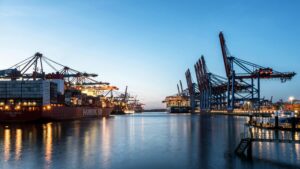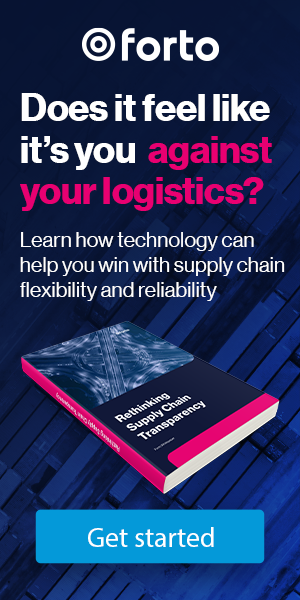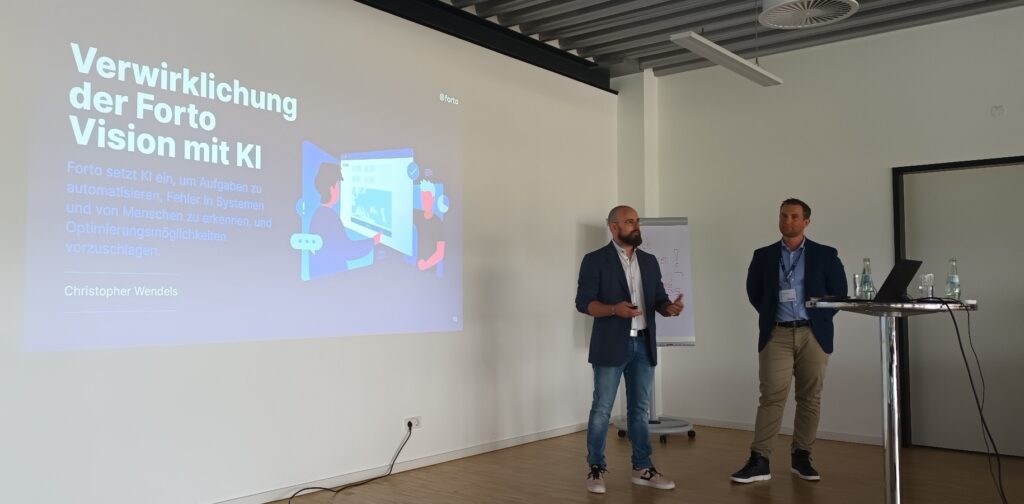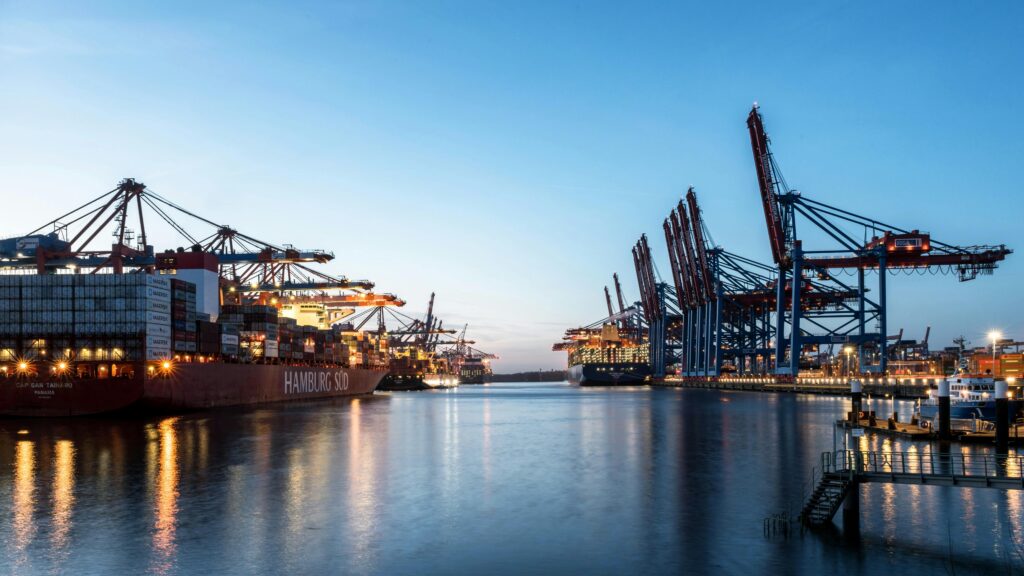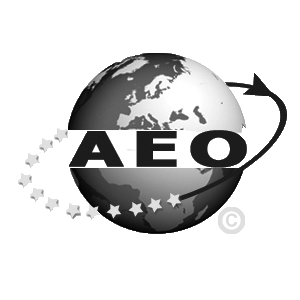The oldest kingdom in the world is framed by two seas: the North Sea and the Baltic Sea. From the Vikings to the largest shipping companies of today, Denmark has a rich maritime history. Therefore, the Scandinavian peninsula offers excellent infrastructure for those who want to export or import goods. Countless ports, more than 400 islands, some of them connected by bridges, and six international airports form the logistics backbone of the country. The geographical location thus makes Denmark a strategically important hub between Scandinavia, the United Kingdom and Central Europe. In this blog post, learn more about the main trade routes, Denmark’s most important import and export goods, special import and export regulations, and other country-specific characteristics. Moreover, get in touch with our local experts. God fornøjelse med læsningen!
Denmark: Import or Export Nation?
What are Denmark's most important and/or most traded commodities and goods?
LEGO, lamps and licorice. Denmark’s brands and products are in high demand among consumers. Danish furniture design, textiles and household goods based on the “hygge” concept (= coziness, Danish attitude to life) have been enjoying increasing popularity for years.
However, the most important export goods – in terms of sales – are other categories of goods. Among Denmark’s most important export goods are pharmaceutical products. Packaged pharmaceuticals account for the lion’s share. Mechanical engineering – including computers and medical equipment – is another important market. The country also has a large amount of agricultural land. The products from this (above all pork and dairy products) are exported to a large extent to the EU, but also to Asia. Denmark’s geographic location also allows it to produce oil and natural gas. However, production volumes are declining. Since the transformation of energy systems towards more renewable energy in many European countries, wind turbine technology is the biggest “export hit”. The main customer for this is Germany.
Denmark’s most important import goods are predominantly machinery (22 percent of total imports), electronic equipment, chemical products, cars, food and beverages, fuels and raw materials, and lubricants.
Trade routes and trading partners in Denmark you should be aware of
52% of Danish exports remain in the EU. Germany is the largest and most important customer for Danish products. The second most important trading partner is neighboring Sweden, followed by the Netherlands, Norway and the United Kingdom. Denmark’s largest intercontinental trading partner is the USA.
69% of Denmark’s imports also come from the EU. Germany, Sweden and the Netherlands are the country’s main import partners. China follows in fourth place. Another important import country is Poland. Trade with Eastern European countries has increased significantly in recent years.
The main modes of transport to and from Denmark
Denmark’s infrastructure is excellently developed. Whether sea, air or road transport: Goods can be imported and exported quickly and efficiently. We take a look at the most important modes of transport:
Sea Freight
With almost 7,500 km of coastline, Denmark is the fifth largest shipping nation in the world. 75% of Danish exports are shipped by sea. The country has numerous ports, including the four largest Aalborg, Aarhus, Fredericia and Copenhagen. Aarhus is home to the country’s largest container port. 60% of all containers and up to 11.3 million tons of cargo are handled here annually.
Good to know:
The maritime world trade tradition is the cradle of many successful companies. Today, the industry (also called Blue Denmark) employs about 96,000 people. One of the greatest maritime success stories is still written today by the Danish shipping giant A. P. Møller-Mærsk.
Air Freight
Copenhagen, Aalborg, Aarhus and Billund airports are Denmark’s largest international airports. Copenhagen Airport (CPH) remains the leader – by a wide margin – in terms of both passenger and freight volumes. Compared to the other airports, this handles 90 percent of total Danish exports and imports and is a major hub. CPH primarily handles international cargo. Most of the tonnage in the air freight sector is accounted for by the trading partners USA, China, Qatar, the United Arab Emirates and Thailand.
Our tip for air freight to/from Denmark:
When most people think of logistics and Denmark, the first thing that comes to mind is sea freight – and rightly so. But don’t underestimate the air freight offer. CPH Airport not only handles a lot of tonnage, but is also regularly voted Europe’s most efficient airport. With enormously short transit times, goods circulate quickly from here via land routes. The relatively short transport routes and good infrastructure make the airport an important logistics hub. If you want to ship goods quickly to Scandinavia, the UK or Central Europe, air freight to CPH can therefore be worthwhile.
Rail and road transport
Due to the short land routes, freight transport by rail is not widespread within the country. In 2020, 90% of goods were still transported by road, according to the German-Danish Chamber of Commerce. International rail freight traffic has also played only a minor role to date, even though Denmark is an important transit country for goods between Central Europe and Scandinavia. However, there is currently increasing investment in corresponding infrastructure projects. The Fehmarnbelt Tunnel between Denmark and Germany, which is currently under construction, is also to be used for rail transport in the future. The Öresund Bridge between Denmark and Sweden, which is already being used successfully for international rail freight traffic, serves as a model.
Are there any country-specific regulations (customs duties, insurance, other specific documents or requirements) that must be considered when importing or exporting?
As an EU member state, Denmark is subject to the common import regulations of the EU. This means that free movement of goods applies to trade within the EU. External customs tariffs are applied to all products imported from non-EU countries. These tariffs can vary greatly – depending on the type of goods. The following documents are required for customs clearance from third countries:
- Commercial invoice
- Packing list
- Certificate of origin
- Bill of Lading
Good to know:
Greenland and Faroe Islands have a special status. Although the two islands belong to the Kingdom of Denmark as autonomous regions, they are not part of the EU customs territory. Customs documents in English are also required here.
As in other EU countries, Denmark has strict import regulations for food and agricultural products (Common Agricultural Policy, CAP).
VAT of 25% is also levied on all goods (and almost all services) sold in Denmark, regardless of whether the goods are imported or produced locally. Special insurance is not mandatory for shipping to Denmark.
Are there regional, seasonal and cultural particularities in Denmark?
Danes are very humorous, open-minded, but also direct. Especially when it comes to business, they like to get straight to the point – without beating around the bush. Culturally, the relatively small country does not differ much regionally – except for noticeable dialect differences between northern and southern Denmark.
Logistical seasonalities are particularly noticeable in the retail sector. In the FMCG eCommerce sector in particular, the months before Christmas are considered peak season. There is a strong increase in freight bookings here. Sea freight should therefore be booked as early as possible.
Our Tip:
Keep in mind that similar to most Western European countries, some business activities come to a complete standstill in the summer months of July and August. So fix important planning steps with your partners in advance to avoid delays in the operational process.
Forto’s expansion:
Why the Danish market is attractive
What is Denmark's level of digitization?
Denmark regularly ranks first in international digital rankings. With Europe’s best broadband network, social participation, visits to the authorities, and even doctor’s appointments can be conveniently handled digitally. Payments in cash hardly exist any more. This makes Denmark a frontrunner in both the Digital Economy and Society Index (DESI) and in the area of eGovernment. The ease with which Danes use online services in their daily lives is based on the government’s comprehensive digitization strategy, but also on trust. Cybersecurity is a top priority, and there are fewer reservations about data security as in other European countries. A transparency initiative that provides citizens with precise information about data use is also making a major contribution.
How strong is Denmark's public consciousness in terms of sustainability?
Sustainability is an integral part of public discourse. Since the construction of the world’s first offshore wind farm in 1991, Denmark has been considered a pioneer in renewable energy. More than 40% of its energy is already generated from wind power, putting Denmark in second place in the Global Sustainability Index. With the Climate Act passed in 2019, CO2 emissions are to be reduced by 70% by 2030. By 2050, Denmark even wants to completely dispense with fossil fuels and become climate neutral. To achieve these ambitious goals, the country plans to increase the use of renewable energies and sustainable fuels. In the transport sector, more electronically and hydrogen-powered vehicles, modernized ports and greater electrification of rail transport are planned. But it is not only politicians who are investing in green projects. Private companies are also realizing their responsibility. The companies Ørsted, Mærsk, DSV and Copenhagen Airport, for example, are planning to jointly build a hydrogen plant that will supply the transport sector with renewable energy.
What makes logistics to and from Denmark so interesting for companies?
Denmark not only has a strong economy, it is well connected from both a logistical and digital standpoint. With particular reference to eCommerce companies, offering a solid starting point for their business. The Danish online retail market is expected to grow by another 5% annually in the coming years, making Denmark an attractive location for both imports and exports. The excellent infrastructure forms the basis for seamless supply chains and simple, transparent logistics processes. With the right logistics partner at your side, goods shipments into and out of the country can be orchestrated quickly and smoothly. In addition, Denmark is an important starting point and anchor point for opening up the Scandinavian countries, the United Kingdom and Central Europe.
Forto's experts will be happy to advise you on site!
A high level of digitalization, a strong awareness of sustainability, and a long trading tradition: Forto and Denmark, it’s a match! It goes without saying that as a digital, sustainable freight forwarder we have also found a home port in Denmark. Our offices in Arhus and Copenhagen are staffed by dedicated and experienced logistics experts who know the Danish market and its peculiarities inside out and work closely with local customers.
If you also want to ship goods to or from Denmark, we are happy to support you with our multimodal logistics services. With our digital platform, we simplify logistics processes and increase the transparency of your supply chain. The innovative technology enables our logistics experts to offer you the best transport solution at all times. Whether it is FCL, LCL or air freight to and from Denmark, our wide range of forwarding services guarantees smooth transportation of goods.
Sustainability is important to our customers – not only in Denmark. At Forto, we respond to the desire for greener logistics solutions with conviction. That is why we offer CO2 compensation and active reduction of emissions during transport. Our local team will be happy to advise you on digital, sustainable logistics solutions. Contact us!
Want to know more about logistics in and out of Denmark? Get in touch with our Experts!
Fill in the form and your Forto logistics expert will get back to you as soon as possible so we can start talking about what the future of your logistics looks like.
We’re happy to welcome you aboard.




